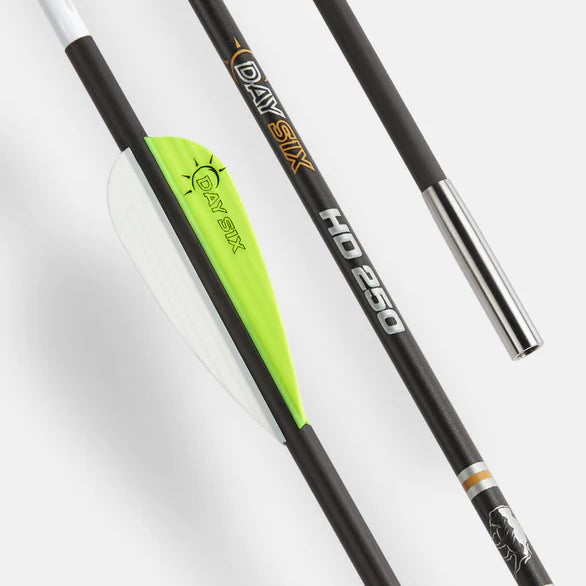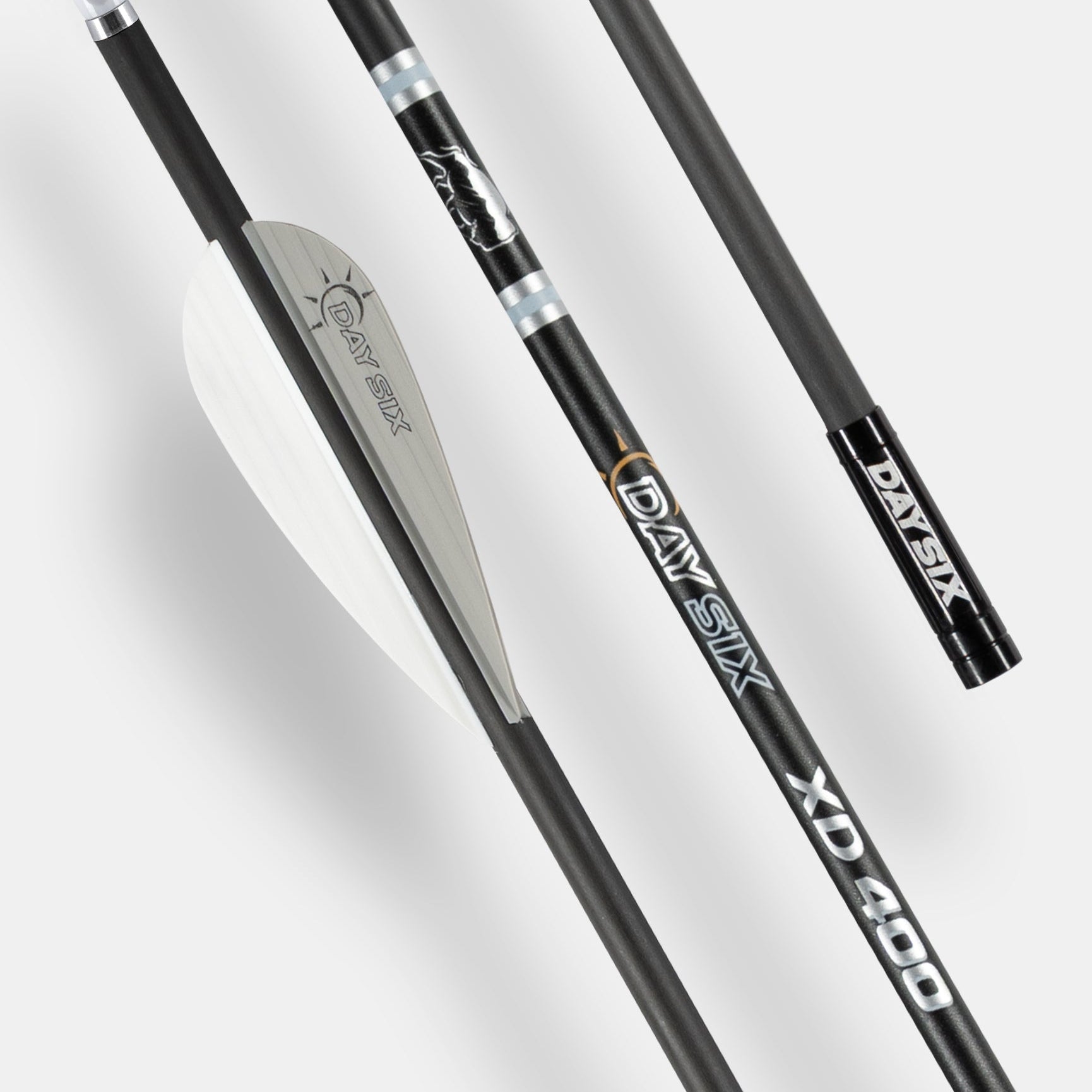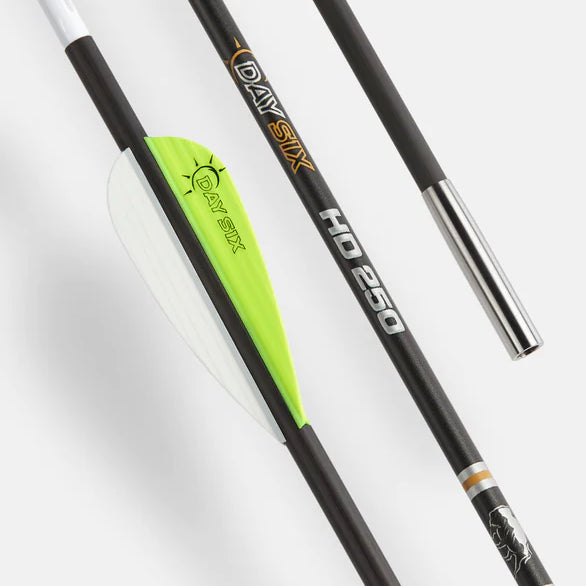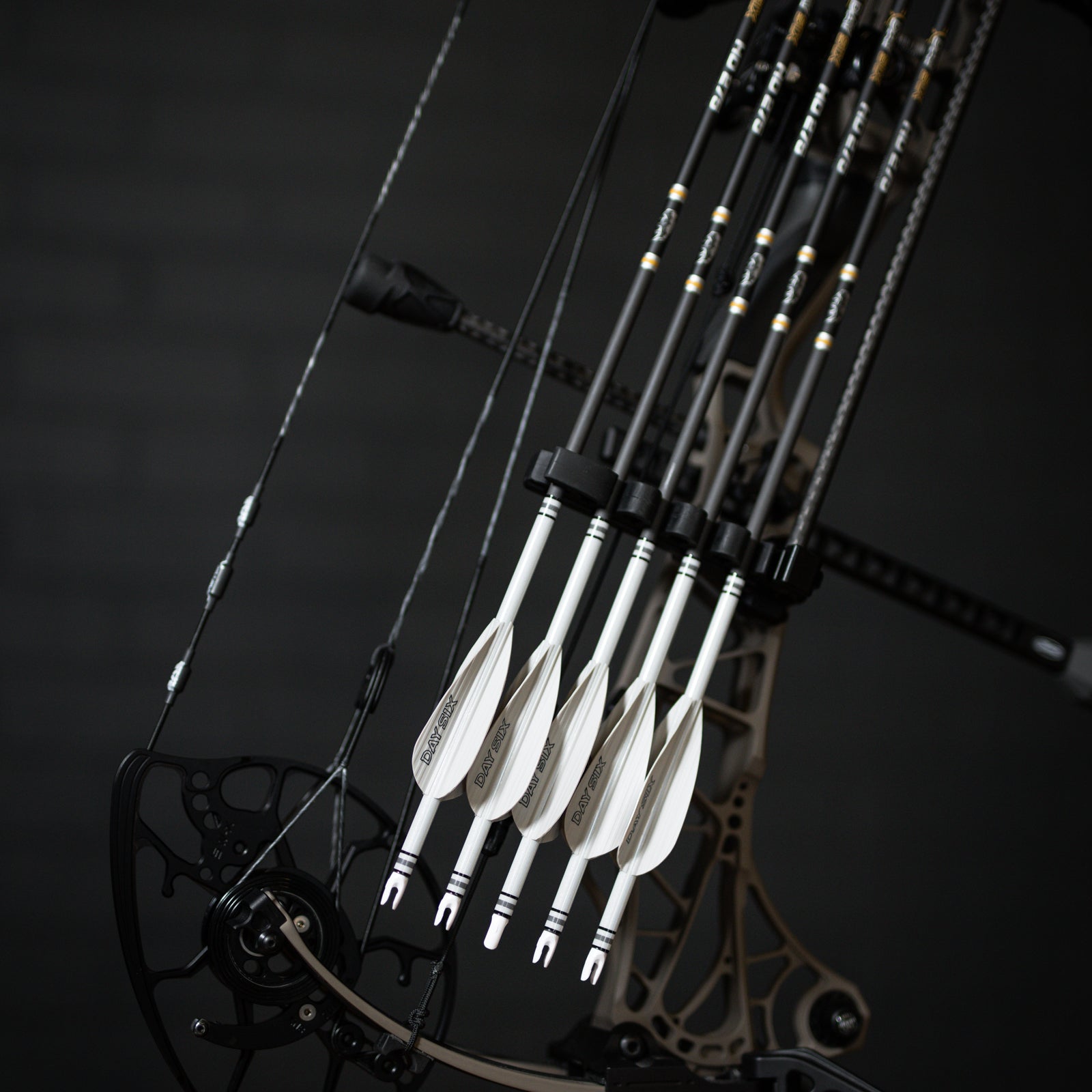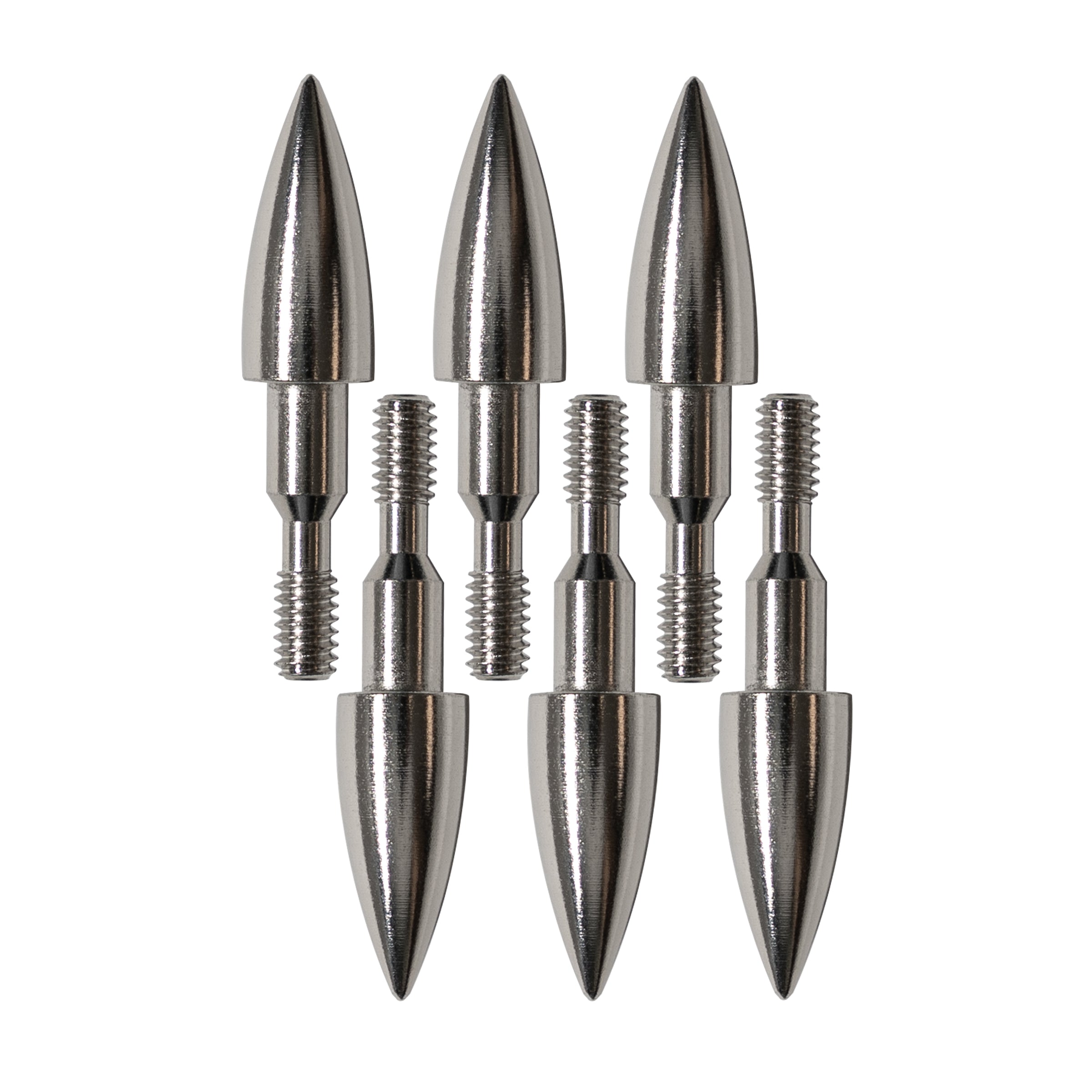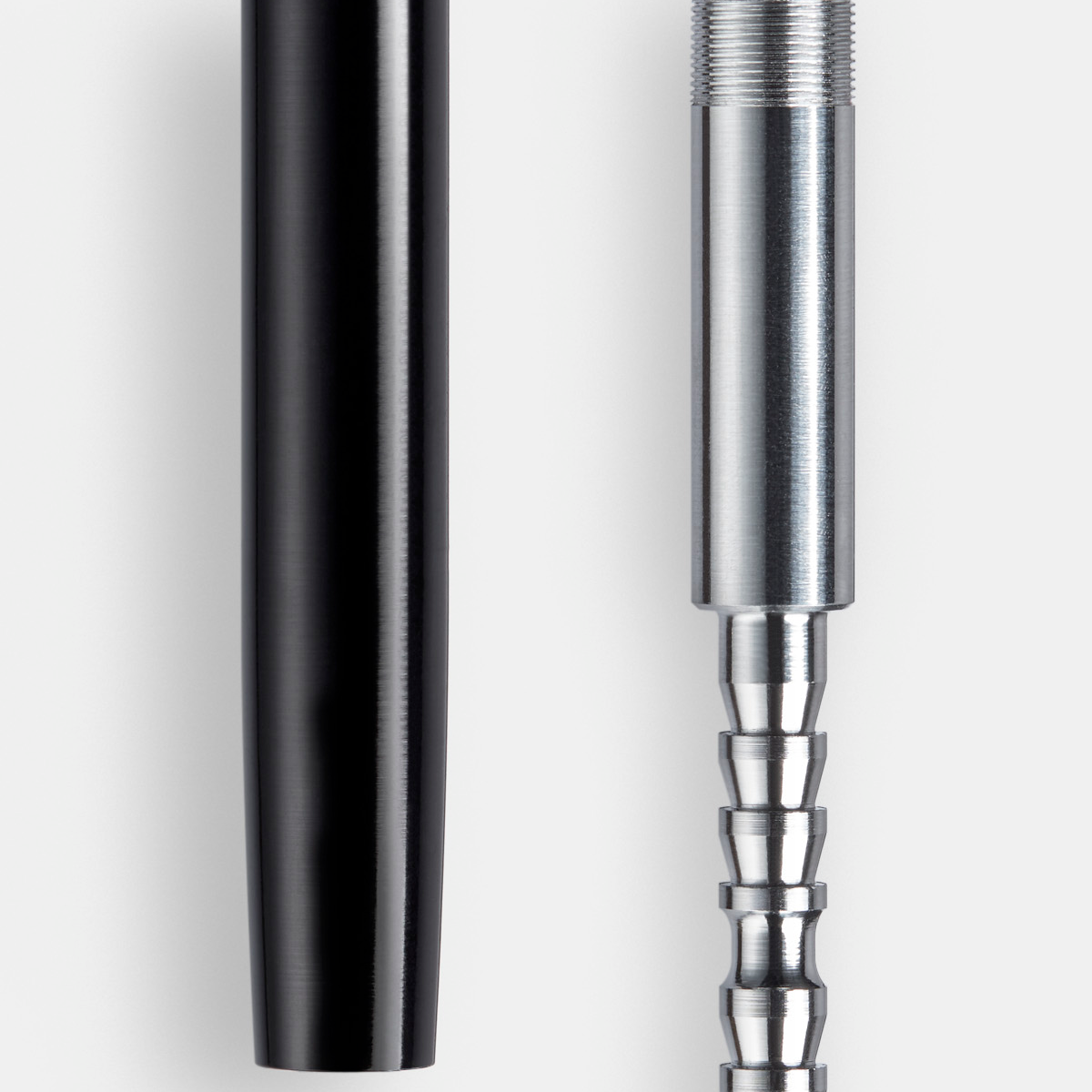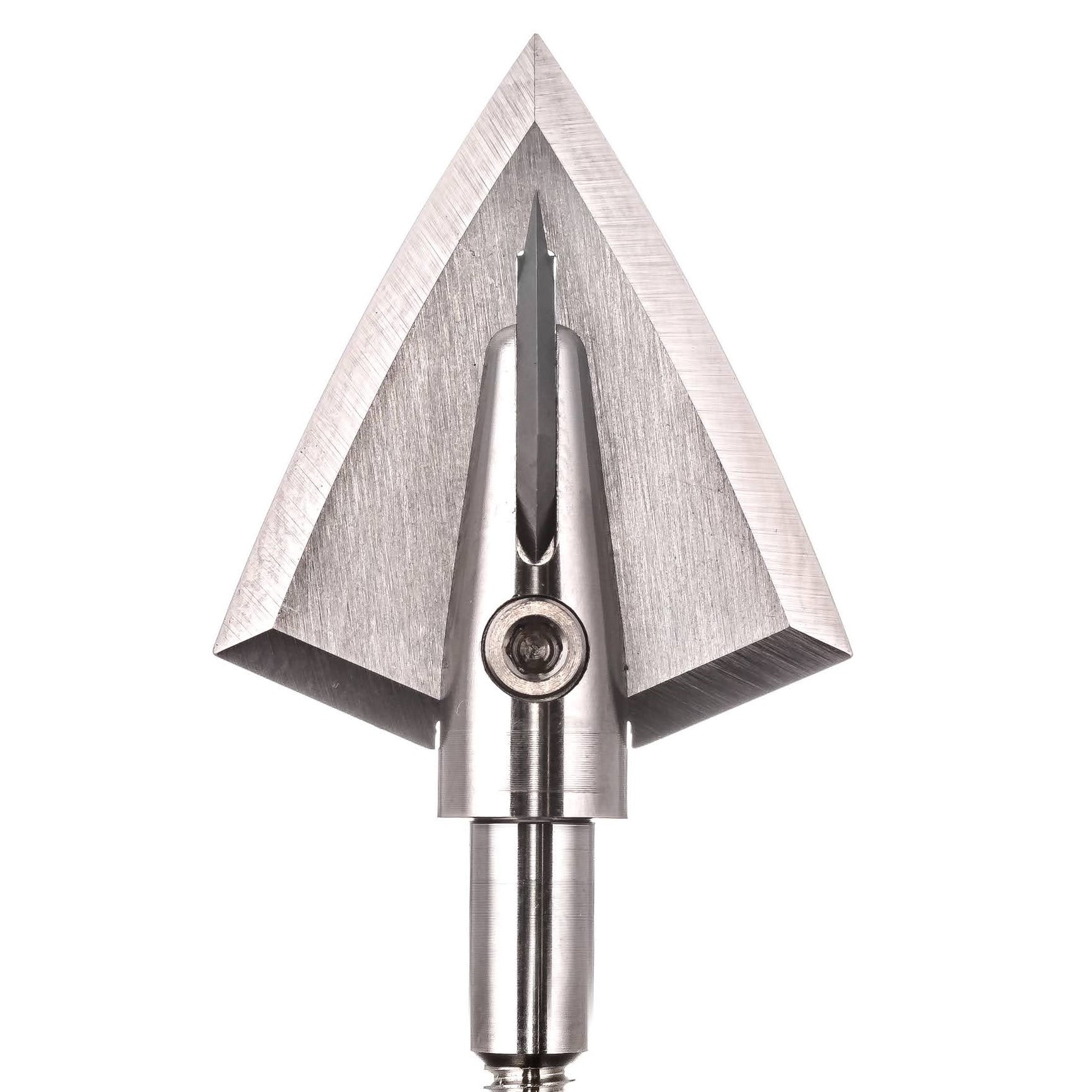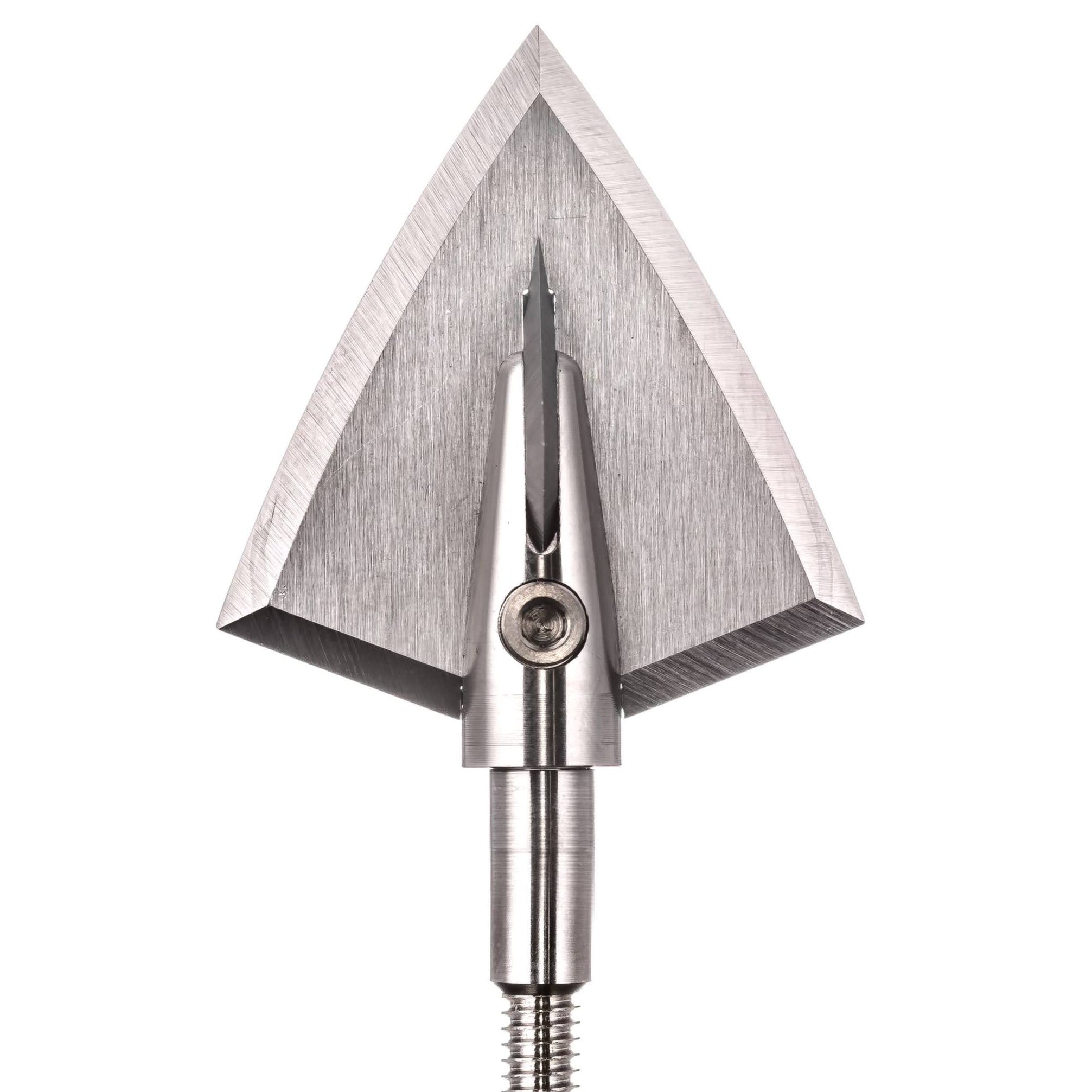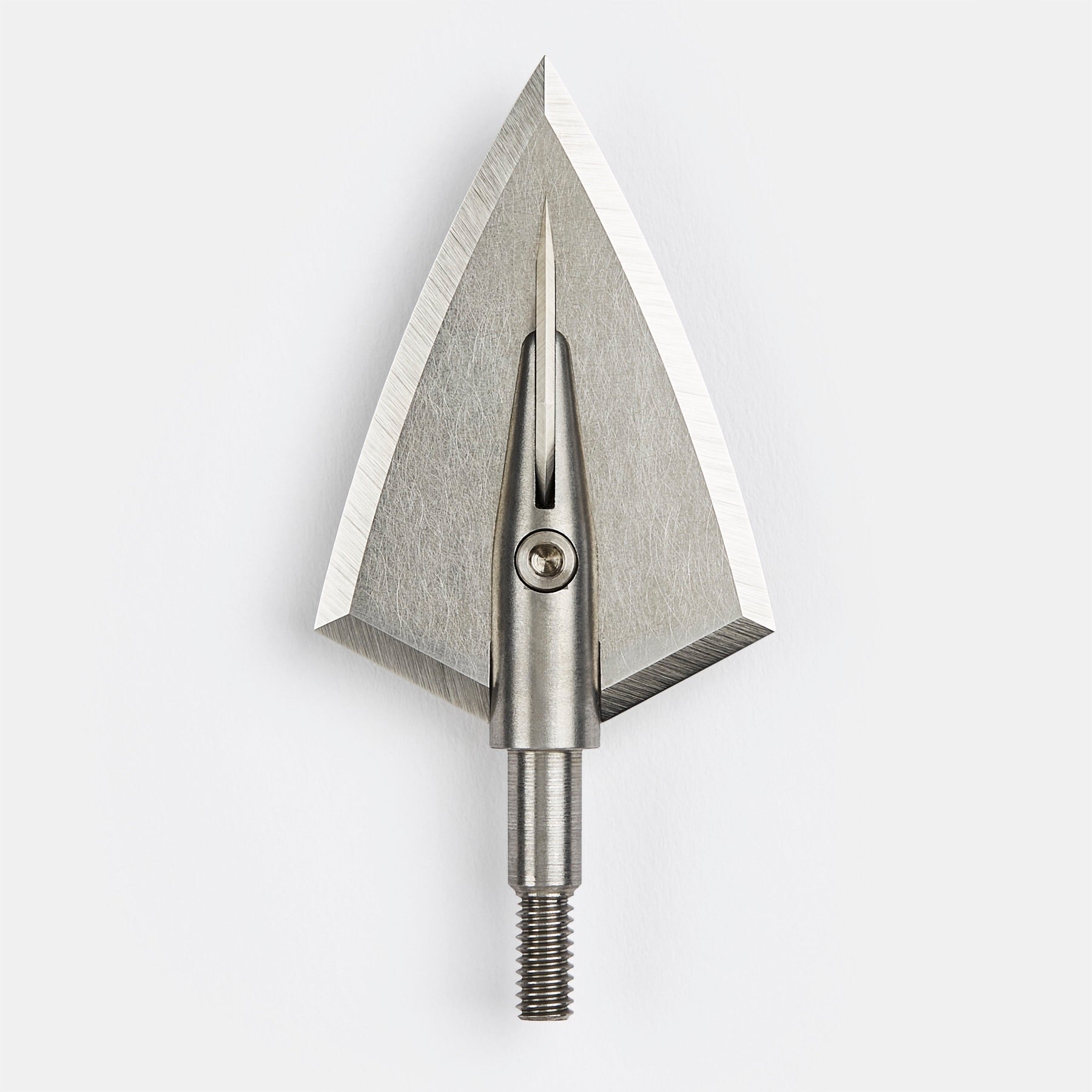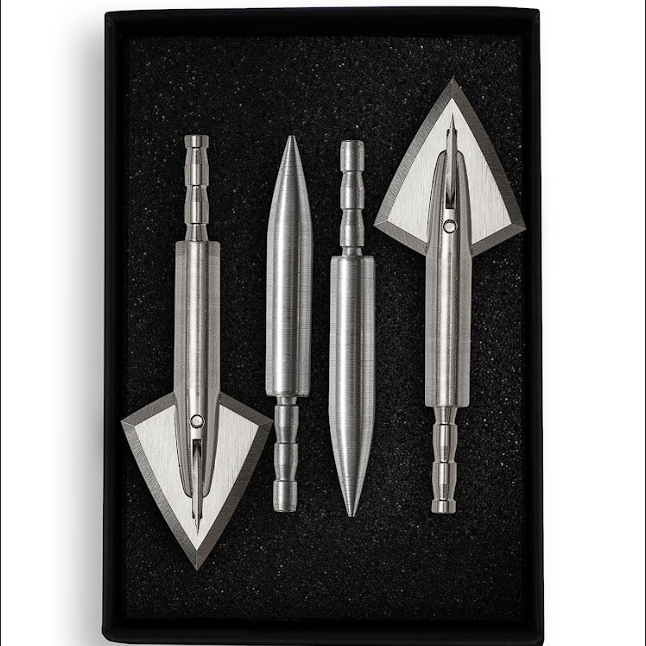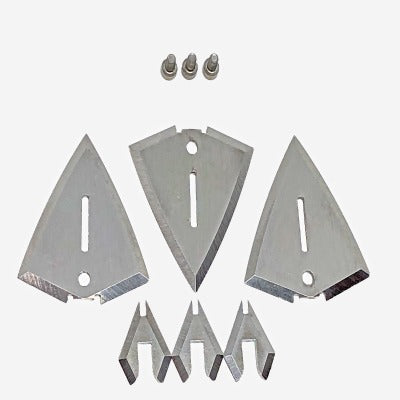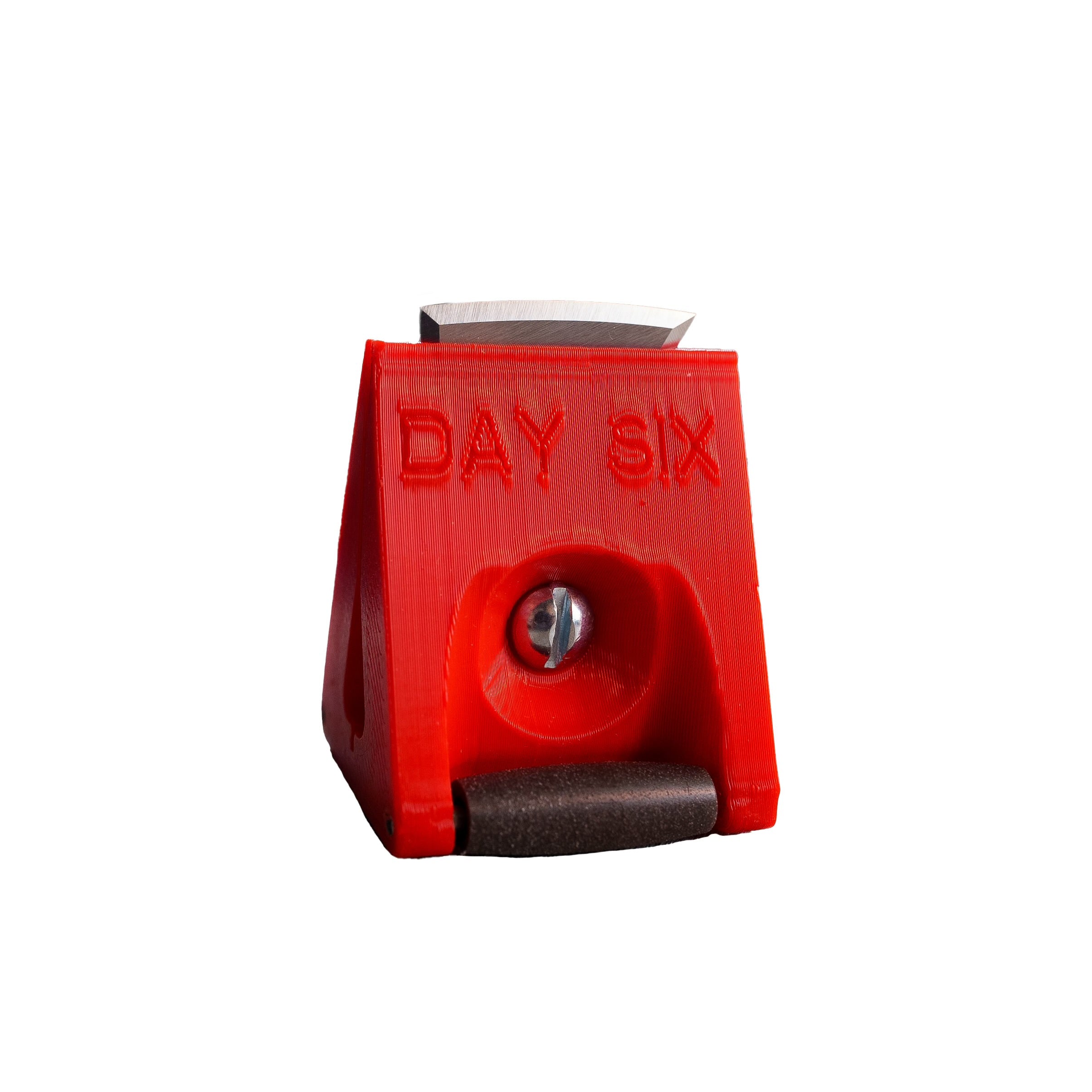The Art of Arrow Flight

For most archery hunters, the quest for maximum penetration is never ending. Unfortunately, many feel that goal can be achieved by simply purchasing the “latest and greatest” piece of kit for their bow set up. Nothing could be further from the truth.
I firmly believe that we at Day Six are the perfect blend of real world experience hunters combined with engineering backgrounds. While the “science” and “data” may say one thing, the empirical evidence from decades in the field may tell another story. So at the end of the day it really boils down to a few simple factors and a little common sense.
Penetration is a result of perfect arrow flight for the most part, with only a small fraction of the contributing factors being everything else....including the actual gear. However, a quick scroll through social media or the internet will result in a multitude of micro influencers touting the latest scientific break through in arrow or broadhead performance that is the magic bean. While some things do create small percentage improvements, without perfect arrow flight nothing else matters.
So, how do you achieve perfect arrow flight? Well there’s many approaches to the tuning process, but here’s how we do it at Day Six:
Concepts:
1. The concept is simple, if the vanes don’t have to steer or correct the shaft, then all they have to do is make corrections for the broadhead steerage.
2. Paper tuning is the equivalent of bore sighting a rifle, it only gets you started.
3. Most importantly, if the vanes don’t have to steer the arrow on a perfectly executed shot by the shooter, then they are in “reserve” for when the shooter torques the crap out of his bow. For those readers that are thinking that this doesn’t apply to you.....it 100% applies to you! Bad form and specifically grip torque is the num- ber one reason for bad arrow flight.
The Set Up:
1. Set your rest center at 13/16” from the side of the riser.
2. Set your rest and nock point height to allow the shaft to be centered on the Berger hole.
3. Paper tune at 10’ or so as a starting point. Rest adjustments should be opposite that of the nock tear left to right and the same direction up and down.
The Day Six bare shaft tuning process:
1. Sight your bow in with a fletched arrow and field point at 20 yards.
2. Once sighted in, shoot a bare shaft and field point to see when and how the shaft impacts in relation to the fletched arrow.
3. For left or right impacts move the rest 1/32” at a time towards the bare shaft. As a note: if you’re 6” or more left or right of the fletched arrow, the adjustments needed will be more than what can be accomplished with rest adjustments and you’ll need to have the cams adjusted.
4. For high and low impacts you’ll want to move your rest opposite of the bare shaft impact point. As a note: some high and low impacts cannot be corrected with simple rest and nock point adjustments. If so, you’re most likely experiencing a cam timing issue and need to have them adjusted.
The goal is to have the bare shaft and fletched arrow hitting in the same spot. At that point the fletchings are only “along for the ride” until a broadhead is installed.
Remember, when you make a rest adjustment both the fletched and bare shafts are going to move towards the direction the rest was adjusted. Once the two are hitting together you can then make the necessary sight adjustments to bring both back to bullseye.

It’s really a very simple process and if you are executing a good repeatable shot it, shouldn’t take long. The beauty of this is that you don’t need to shoot expensive broadheads to “broadhead tune”, once the bare shaft and fletched arrow are hitting together your broadheads will hit the same.
Good luck and as always we are here to help so please don’t hesitate to reach out if you need assistance.

